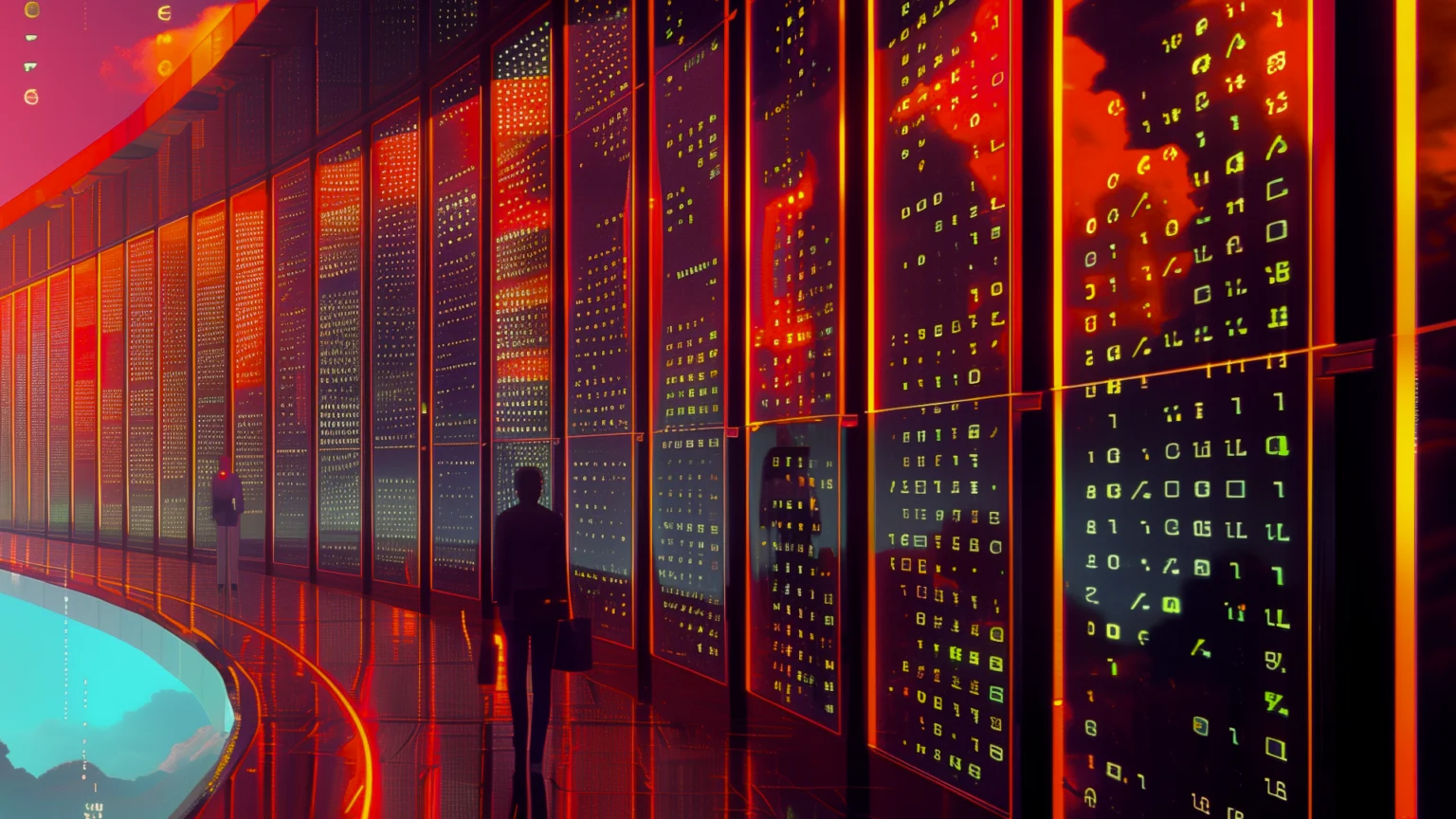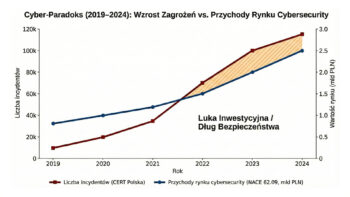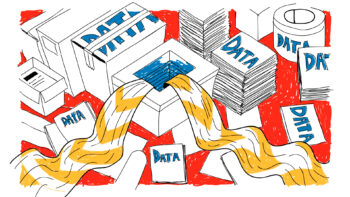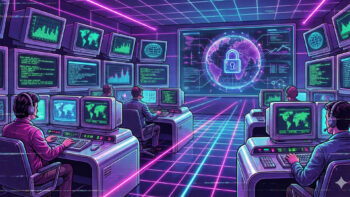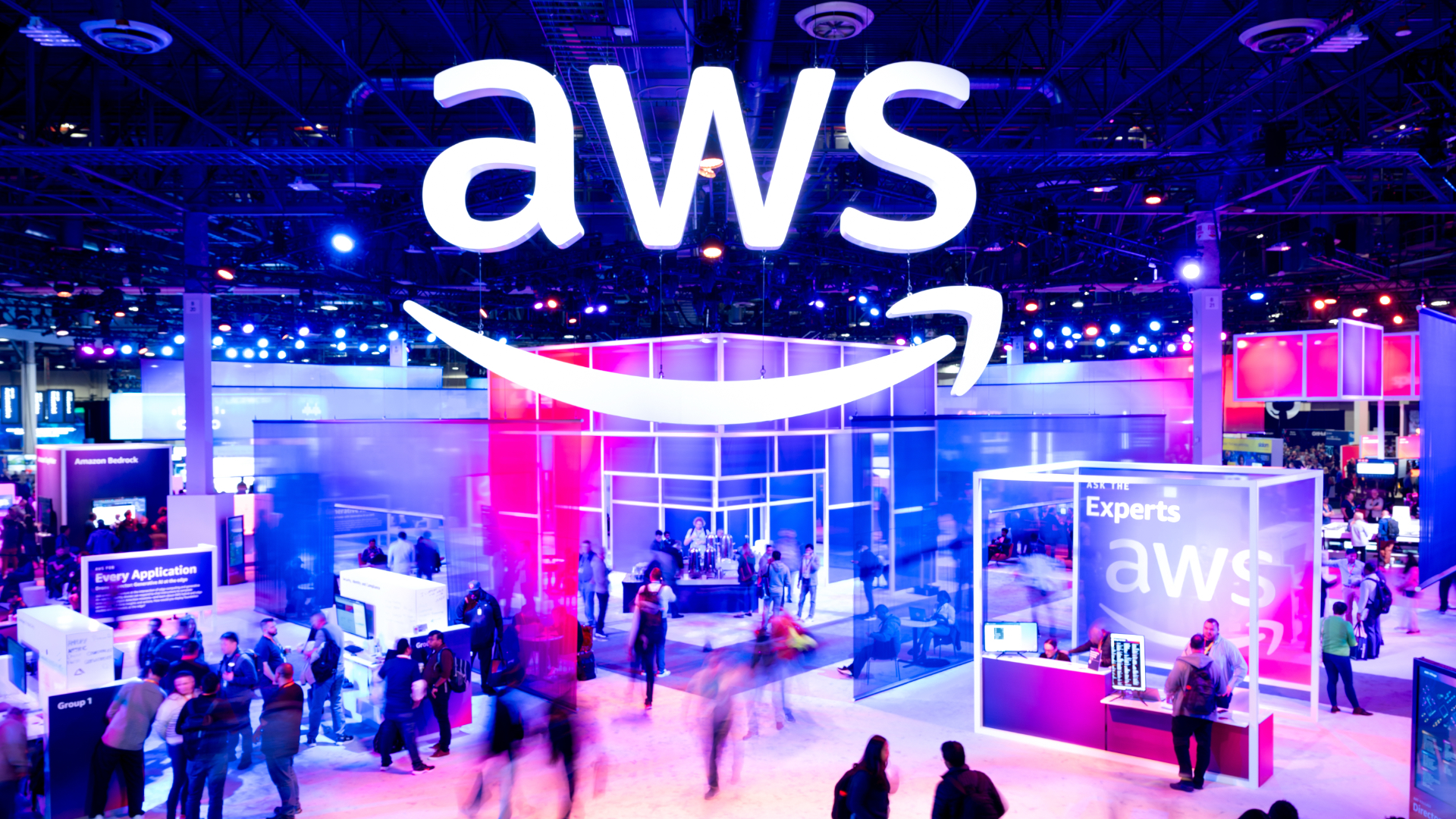The rise of artificial intelligence in the technology market has triggered an exponential increase in the demand for computing power – and with it, also for electricity.
Data centres, until recently treated as a backdrop to digital transformation, are now at the heart of it. The problem is that their continued growth depends not so much on the number of servers as on the availability of power.
Renewable energy sources were supposed to be the answer. But this is no longer enough. The IT industry is starting to look more and more seriously at nuclear power – especially in the form of small modular reactors (SMRs). Is this a viable alternative or just a long-term vision?
According to the latest Business Critical Solutions survey, up to 92% of data centre market experts expect demand for computing power to continue to grow through to 2025.
This is mainly driven by artificial intelligence, whose models – from LLM to generative AI – consume huge amounts of energy both in the training phase and in day-to-day operations.
The problem is that the infrastructure cannot keep up. As many as 85% of existing data centres are not prepared for this type of workload.
Scaling up computing power without providing adequate power is like building a skyscraper without foundations.
The industry is declaring its willingness to switch to renewable energy sources – as many as 91% of survey participants believe that at least 90% of energy for data centres will come from RES in the future. Reality, however, strongly verifies these declarations.
RES are distributed, weather-dependent and require expensive investment in transmission infrastructure and storage.
In many locations, it is impossible to guarantee the level of supply continuity required by modern data centres. And where wind and solar farms are available, the relevant transmission networks or environmental permits are often lacking.
As a result, companies are looking for alternative scenarios – ones that combine low carbon with reliability. Nuclear power is increasingly on this map.
In the BCS survey, as many as 75% of industry representatives do not rule out the use of nuclear power – mainly in the form of so-called small modular reactors (SMRs).
These compact, scalable reactors can be located closer to end users and potentially serve as an energy source for large data campuses.
Their advantages are obvious: independence from weather conditions, predictability of production, no CO₂ emissions and the possibility of installation in industrial locations. However, enthusiasm is tempered by practice.
70% of respondents believe that SMR technology will not be commercially available sooner than a decade from now. 60% expect strong public opposition – mainly due to concerns about safety, waste disposal and stereotypes around nuclear power.
What would have been considered an extravagance just a few years ago is today becoming the new normal: data centre operators are investing in their own power supplies.
From PPAs (Power Purchase Agreements) with renewable energy farms, to building microgrids, to experimenting with hybrid energy models, data centres are ceasing to be just a consumer of energy and are beginning to manage it.
In this logic, SMRs can become not only a source of power, but also a tool for building energy independence from external suppliers and markets. Such a model – ‘data centre as digital power plant’ – is gaining traction especially in regions with unstable supplies or high energy prices.
Changes in the data centre energy mix will have a direct impact on the entire IT ecosystem – from hardware manufacturers to systems integrators and cloud service providers.
The pressure for energy efficiency is growing: servers, cooling systems, software and architectures need to consume less energy under increasing loads.
At the same time, there is a new demand for competences – energy engineers, ESG specialists, energy management experts.
For channel companies, this is an opportunity for new business lines: energy consultancy, consumption optimisation services, integration of RES and power management solutions can become a natural extension of IT offerings.
All these trends lead to one conclusion: the development of data centres in the coming years will not only depend on IT technology, but increasingly on energy infrastructure.
Green transformation is the way forward, but without viable solutions for a stable energy supply – such as SMRs or energy storage – the development of AI could come to a standstill. The industry knows that the time for ambitious declarations is over. What matters now is implementation.
Decisions taken today will determine whether the European data centre market can meet the demands of tomorrow.
The winds are blowing, the sun is shining, but AI cannot wait for the weather. If small reactors prove to be a viable scenario, they will not just be an energy solution – they will be the foundation of the new digital economy.




